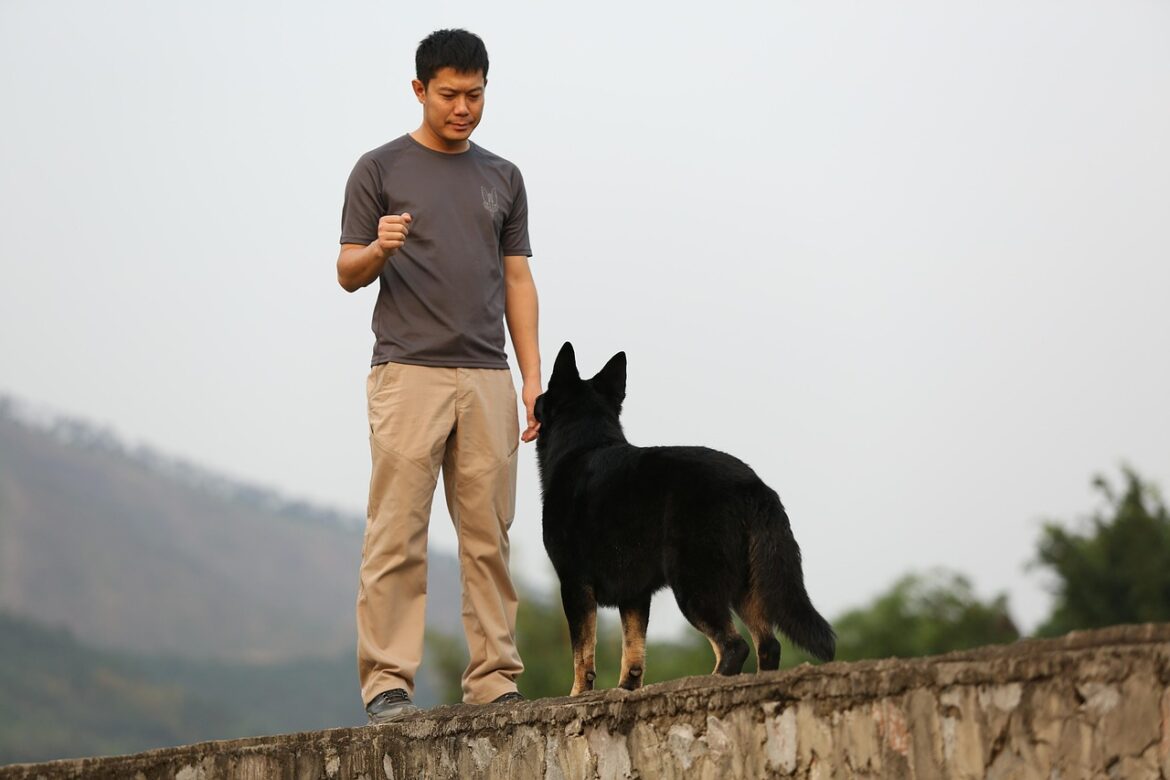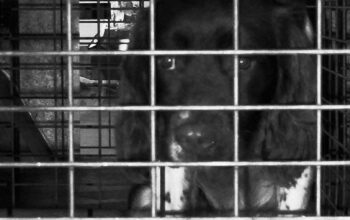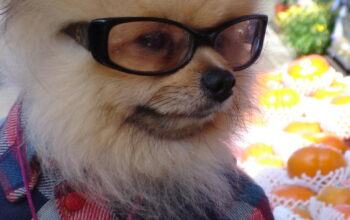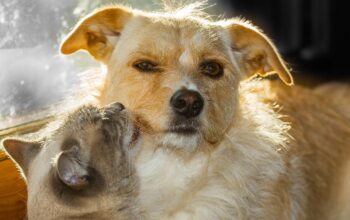Dogs are not the substitutes for humans and all have the potential to harm. They make great companions and are lots of fun. But they need to be treated with respect and understanding, and sometimes human expectations are too high – they don’t think like we do – they are after all a different species.
Parents and educators have a responsibility to teach children basic dog safety and awareness of pet diseases because for the majority of children under 12 years are those who get bitten. Even if you are not a dog owner, all of us need to know how to act and behave when in the company of dogs. Too often, it is the dog who bears the cost, with its life.
When children and dogs are together they need to do more than just supervise themselves. They should look for signs of stress in the dog such as changes in facial expression, licking of lips and general demeanour of the dog. If you are unimpressed, remove the dog from the situation.
Television and movies often portray the good family dog, but don’t be fooled – these dogs are well trained – and they have trainers on the set with them. If you want a well-trained and adapted dog, you have to invest the time and effort in it. They need direction, direction, and boundaries, as do children.
Even people who have lived all their lives with dogs should never assume a strange dog will be friendly toward them. You may think you know dogs but that strange dog doesn’t know you. It can view you as an intruder or a threat.
- Never leave a child alone with a dog, because actions of a child can inadvertently trigger an unwelcome reaction and the child may be bitten.
- Never tease a dog. If the dog is confined in a yard or tied up, it will not forget the teasing and if the opportunity presents itself it will get its own back.
- Ask the owner permission before you approach a dog. Leave the dog alone if the owner is not nearby. Keep away when it is a stray dog.
- Never run away from a dog and never run away screaming and shouting because a dog’s natural instinct is to chase and capture its prey.
- Never enter a yard with a dog in it. Always ask permission from the owner.
- Never stare into the eyes of a dog – this is how dogs fight each other.
- Always calmly and slowly approach dogs. Let the dog see you and sniff you as this is how they learn you and never approach a dog from behind.
- Dogs like to play rough; they don’t have hands like you or I and they jump up and use their mouths to grab hold and stick on. Also do not jump around dogs, wave arms around or shout, these actions excite the dogs’ chase response.
- Never play with a dog until supervised by an adult.
- If you are approached by a dog, stand still and stay calm. Don’t scream and shout, stand sideways that tells the dog with body language that you are non-confrontational. Laugh slowly then, by small steps, if you can.
- Never approach a curious dog. (You will never know what it will do! )
- Never go through a fence or a window of a parked car to hold a dog because it will bite you.
- Never disturb a dog who is eating, sleeping, or cares for puppies.
- Try not to separate dogfighting in a row.
- Always keep your face, arms and neck protected if knocked over by a dog and roll to a ball and remain very still
- Never keep your face closer to a dog.
- Never tuck your dog or any dog around the neck because you could trigger the dog “biting reflex” and the dog will bite you.
- Children should not take their dog out for a walk unless they are accompanied by an adult.
- Bear in mind when handling a dog who is injured or in pain, it could bite you. Always take care of it.
- Always try to be relaxed and calm around dogs. Irregular movements could cause a dog to react or they might think that you are teasing them.
- Never take your dog on another person’s property without first deciding if it is okay to do so.
- Never run or walk a dog (even one you know) and try to pat them up. Always let a dog know that you are there; it should see and sniff you.



